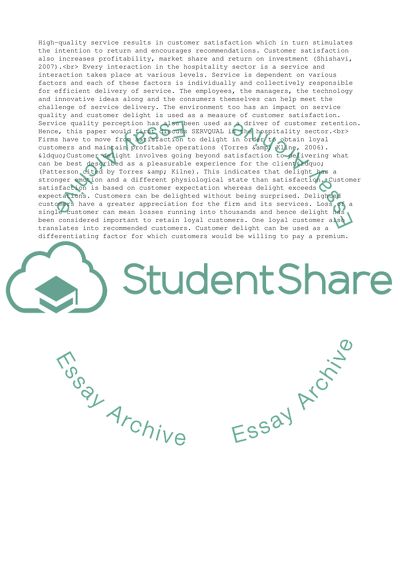Cite this document
(“The Various Factors Responsible for Service Quality in the Hospitality Research Paper”, n.d.)
The Various Factors Responsible for Service Quality in the Hospitality Research Paper. Retrieved from https://studentshare.org/management/1550494-managing-hospitality-operations-essay
The Various Factors Responsible for Service Quality in the Hospitality Research Paper. Retrieved from https://studentshare.org/management/1550494-managing-hospitality-operations-essay
(The Various Factors Responsible for Service Quality in the Hospitality Research Paper)
The Various Factors Responsible for Service Quality in the Hospitality Research Paper. https://studentshare.org/management/1550494-managing-hospitality-operations-essay.
The Various Factors Responsible for Service Quality in the Hospitality Research Paper. https://studentshare.org/management/1550494-managing-hospitality-operations-essay.
“The Various Factors Responsible for Service Quality in the Hospitality Research Paper”, n.d. https://studentshare.org/management/1550494-managing-hospitality-operations-essay.


